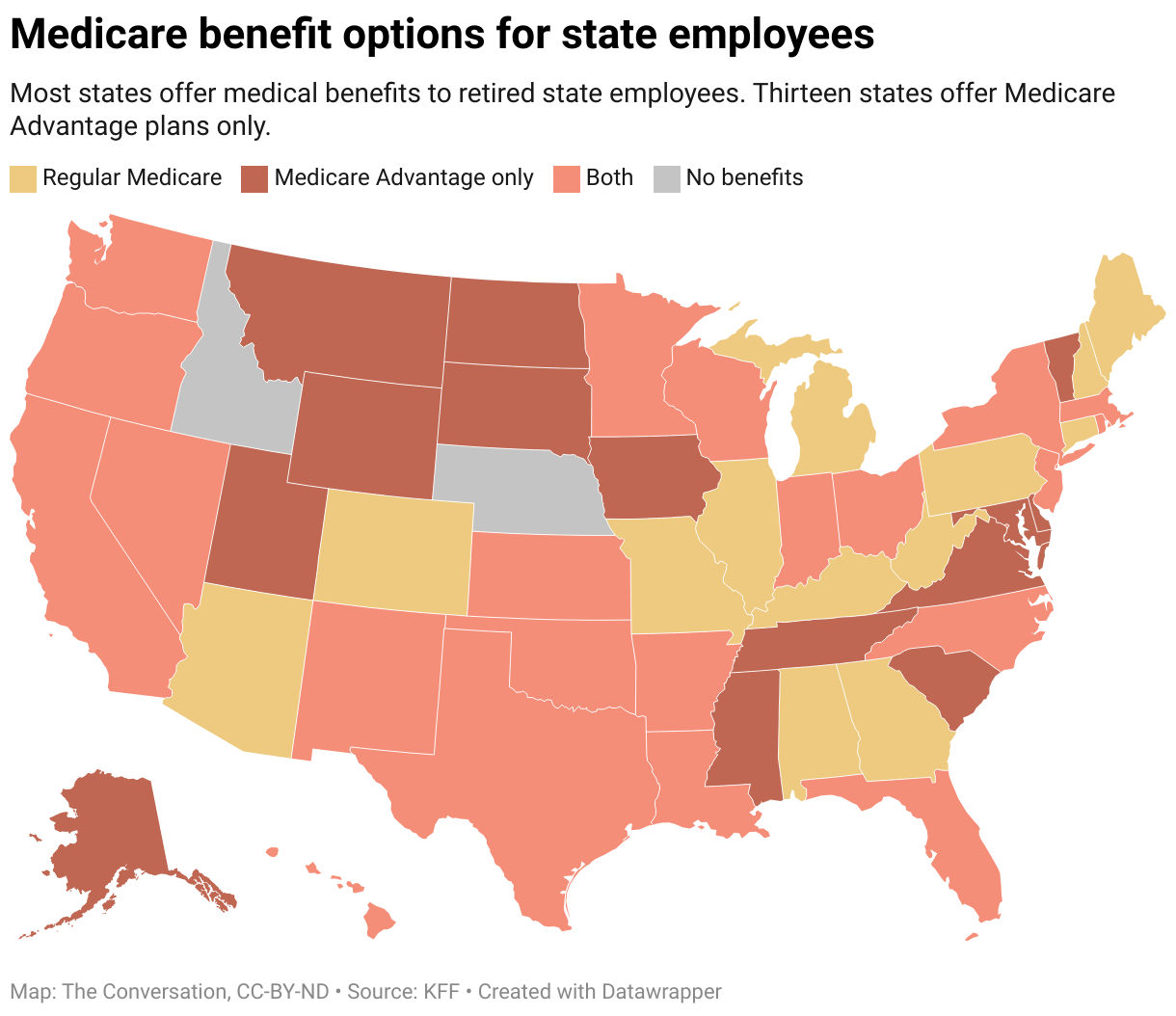When comparing insurance plans, there’s a good chance you’ve come across the letters “PPO.”
What is a PPO? It stands for preferred provider organization, and it’s a type of health care plan. Here’s what you need to know if you’re considering signing up for one.
How Does a PPO Work?
With a preferred provider organization, the insurance company contracts with various health care providers to create a “network.” In return for a steady stream of patients from the insurer, these in-network providers offer a discounted rate to the insurance company, which in turn passes it on to patients.
With a PPO, you can choose to see any provider you want, however, you will pay less when you see an in-network provider. And, in most cases, your in-network provider will file claims with your insurance company for you.
Is a PPO Right for You?
In general, monthly premiums, copays and coinsurance for a PPO are more expensive than those for other types of plans. But if you can afford it, the flexibility of being able to use a wider network of doctors and hospitals often makes the higher cost worthwhile.
Another plus – if the network does not have a participating provider who can provide medically necessary services, the plan may authorize you to see an out-of-network doctor, and cover the services at the in-network rate.
PPOs typically cover more services than other types of plans. For example, you may have access to a wider variety of alternative therapies with a PPO, such as acupuncture or massage therapy, than with a Health Maintenance Organization (HMO) or EPO.
Pros
- Flexibility to go out of network if you can afford to pay higher copays and coinsurance
- Generally, the network is large and may stretch across multiple states
- You can see an in-network specialist without a referral
- Often includes coverage not seen with other types of plans
- In-network providers file claims for you, and are prohibited from coming after you for the amount the insurance company refuses to pay
Cons
- May have higher premiums than other types of plans
- Out-of-pocket expenses will be higher if you go outside the plan network
When Should You Avoid a PPO?
If you are looking for the least expensive health insurance option, you might want to avoid a PPO. The one exception – when the PPO is also a high-deductible plan, which frequently has lower monthly premiums, copays and coinsurance. While PPOs offer coverage for alternative therapies and are the least restrictive, you’re paying for that flexibility. In general, a PPO is the most expensive type of plan.
If you are shopping for coverage on the ACA exchange, remember, depending on your income and whether your employer offers you affordable coverage, you may qualify for a premium tax credit that might make the cost of a PPO more manageable.
Things to Watch for When Using a PPO
One of the most significant issues with a PPO is whether a service provider is in-network or not.
While it may be easy to determine if your regular doctor is in-network (though you need to be careful because providers move in and out of networks regularly) doctors providing specialized services may not be, and that could cost you.
For example, you have surgery at a hospital within your network. Your surgeon is also in-network, but you later learn your anesthesiologist isn’t. In this case, your insurance company will probably only pay the out-of-network rate on the anesthesiologist bill and you’d be responsible for the remaining amount.
According to a 2019 study for the consumer group Families USA, 44 percent of participants said they or a member of their family received a surprise medical bill from an out-of-network provider. That number is up from 2010, when a Stanford University study showed about 26 percent of people had received an out-of-network bill.
To help avoid such surprise billing, carefully read your plan benefits, and check with your doctor and hospital before any procedure to request that all doctors who give you care are in-network. You may still receive care from an out-of-network provider but at least you might be warned such a bill is coming. (Many anesthesiologists, for example, do not participate in any insurance networks.)
Other Health Plan Options
In addition to PPOs, there are other plan types to consider.
HMO
A health management organization (HMO) also has a network of providers, Health maintenance organization (HMO). The difference between an HMO and a PPO is that with a HMO, you must stay within that network or you won’t have any coverage. To offset those restrictions, your premiums and deductible will be lower. In some cases, you may not have any deductible.
Many HMOs require you to have a primary care physician. In those cases, you will also need a referral from s/he to see a specialist — even if the specialist is in-network. In addition, HMOs often limit the number of doctor visits, tests or treatments each year. You have to decide if the lower premiums are worth the limitations.
EPO
An exclusive provider organization restricts you to in-network providers, just like an HMO. Go out of the network, and you have no coverage. But these plans do not not require you to have a primary care physician and they are relatively low-cost when compared to PPOs.
POS
A point-of-service plan is a hybrid of a PPO and an HMO. With a POS plan, Point of Service (POS) plan, you need a primary care provider, who will direct all of your care. The plan generally will not cover services from any provider your PCP does not refer you to – regardless of whether s/he is in or out of the network.
Other Health Plans
Some employers still offer fee-for-service, or indemnity plans. With these plans, you can see any doctor you want – there is no network – and the plan will reimburse you for a portion of the cost. You are often required to pay for care up front, and then file a claim for reimbursement from the insurance company.
For those who qualify, a catastrophic plan on the health insurance marketplace is another option and may save you money in premiums. There are also healthcare ministries that offer plans that help with cost-sharing. But these types of arrangements aren’t insurance and aren’t regulated the same way.
Bottom Line
PPOs are one of the most common types of health insurance plans. While they are widely available through employers and on the health insurance marketplace, it’s important to shop around. Carefully consider your own needs and budget. You may reduce premium costs by increasing your deductible but make sure you can handle the higher out-of-pocket expenses should you suffer an injury or serious illness.
Compare coverage and check to see if your preferred providers are in the network before committing to a plan. If you have a choice, it’s best to choose a plan that meets your needs without breaking the bank.




